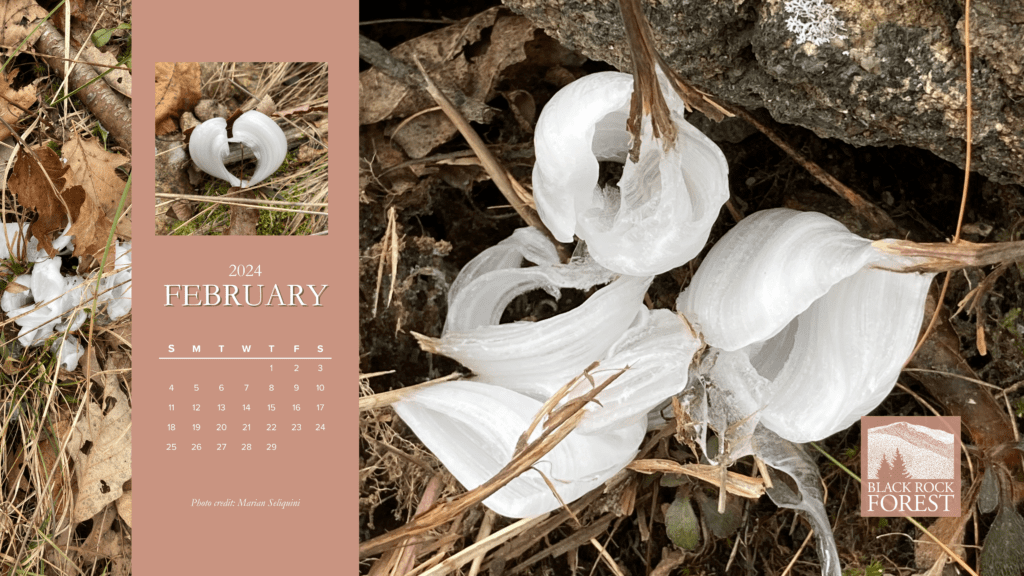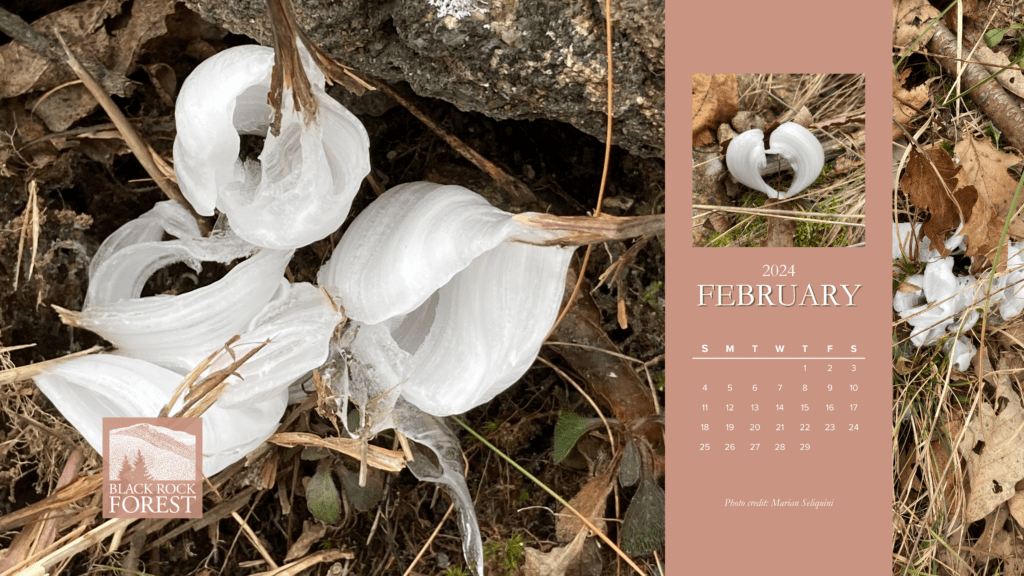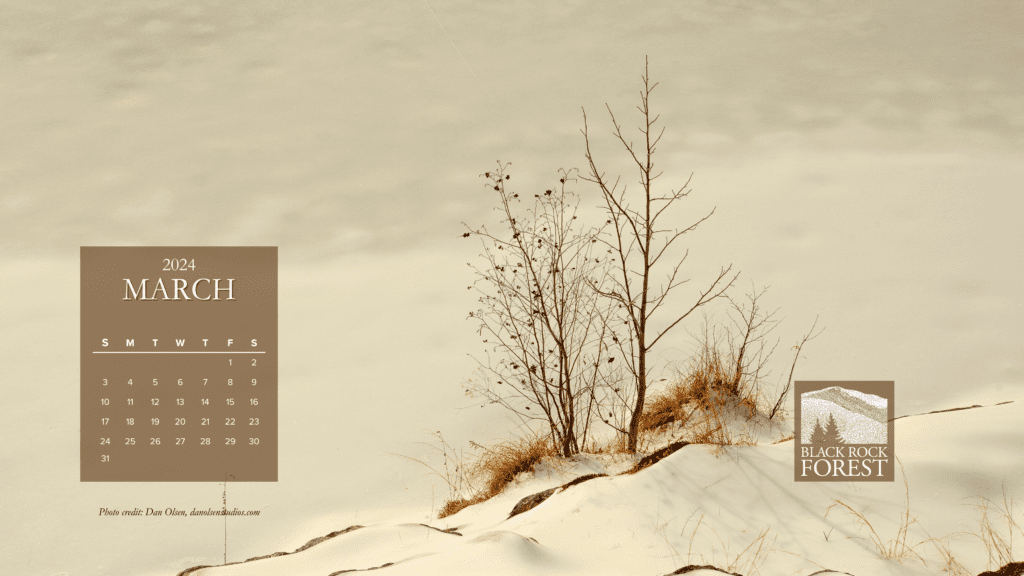Executive Director Report
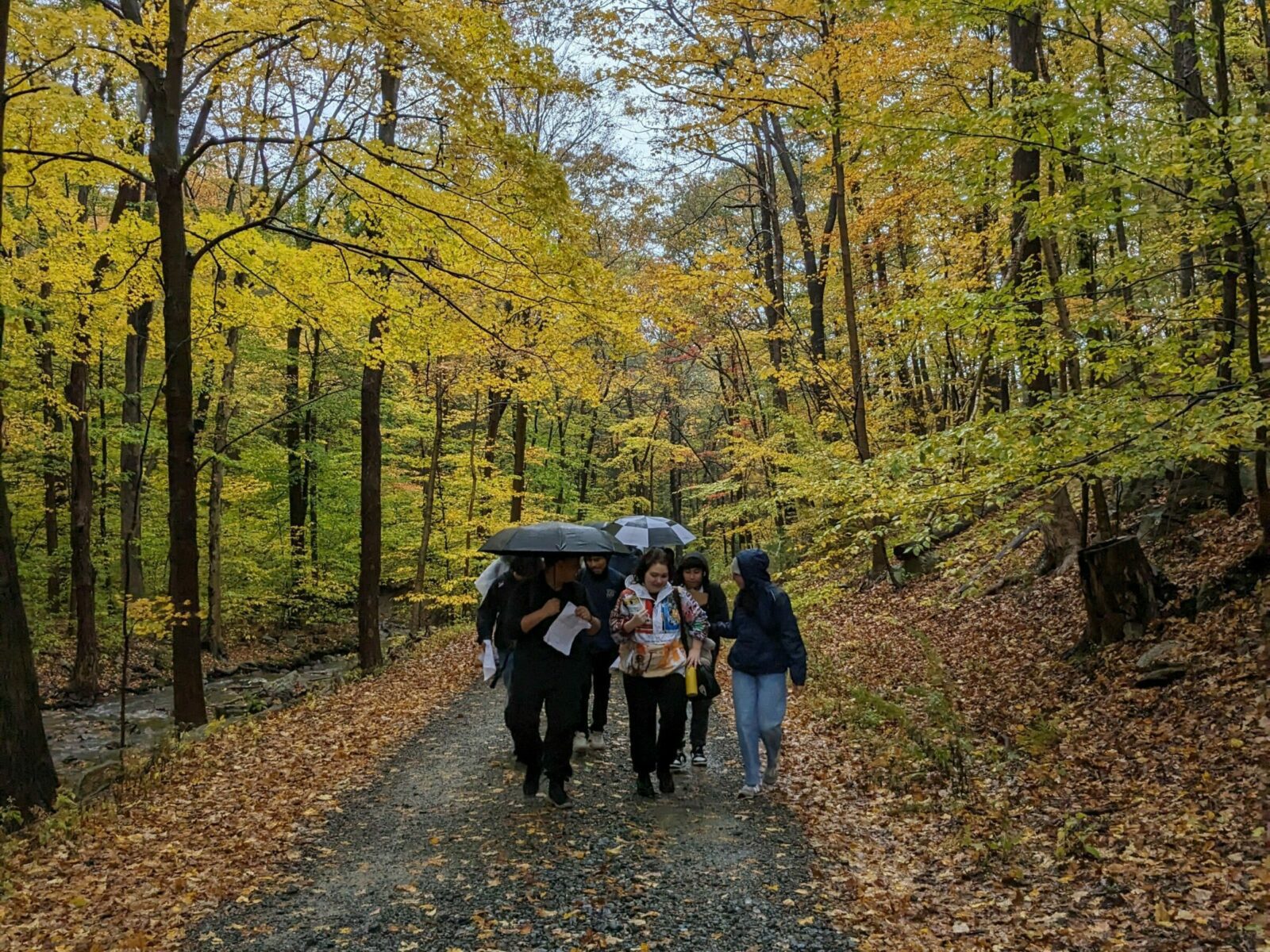
For over two-decades, Black Rock Forest staff have been measuring the chemistry of rain in partnership with the National Atmospheric Deposition Program / National Trends Network. The network provides a long-term record of rainfall and the amount of acids and nutrients in precipitation across the U.S. Acid rain is known to have adverse effects on the trees, lakes, and human health, so it is important to monitor. Another benefit of participating in this program is that a rain gauge adjacent to the Forest Lodge provides daily totals of rainfall on the web in real-time. If you ever want to know current conditions at the Forest, you can visit the NADP webpage and choose our site: “NY99”.
I used these data to explore just how rainy last year was. The large storm on July 9 was exceptional, but it certainly wasn’t the only storm in 2023. We received 73 inches of rain last year with 44 days dropping more than a 1/2 inch of rain! This made for a frustrating year for all the teachers trying to plan field experiences and lessons at Black Rock Forest. Backup rain dates don’t work well when it is constantly raining! Experts suggest that this is the new normal, most climate models predict that New York will continue to get more precipitation in the coming decades (with alternating extreme droughts). How can we prepare for this future?
I encourage everyone to stay informed, adaptable, and engaged. Our staff and schools are learning to adjust lessons and figuring out how to make great use of tarps, umbrellas, and other shelters. For the first time, we used grant funds to support the purchase of rubber boots for students because nobody can concentrate on learning when their feet are wet & cold. We moved the Friends of the Forest event indoors and participants enjoyed better acoustics and video presentations.
We can continue to foster a resilient community by sharing experiences and implementing practical solutions. Please let us know if you have any concerns about your visit and remember, conditions in the Forest may be different from your home or school. If you have ideas or have enjoyed a rainy-day program at Black Rock Forest, we would love to hear about it!
Learn About Postdoc Hanna’s Research and
Why She is Tagging So Many Trees in the Forest
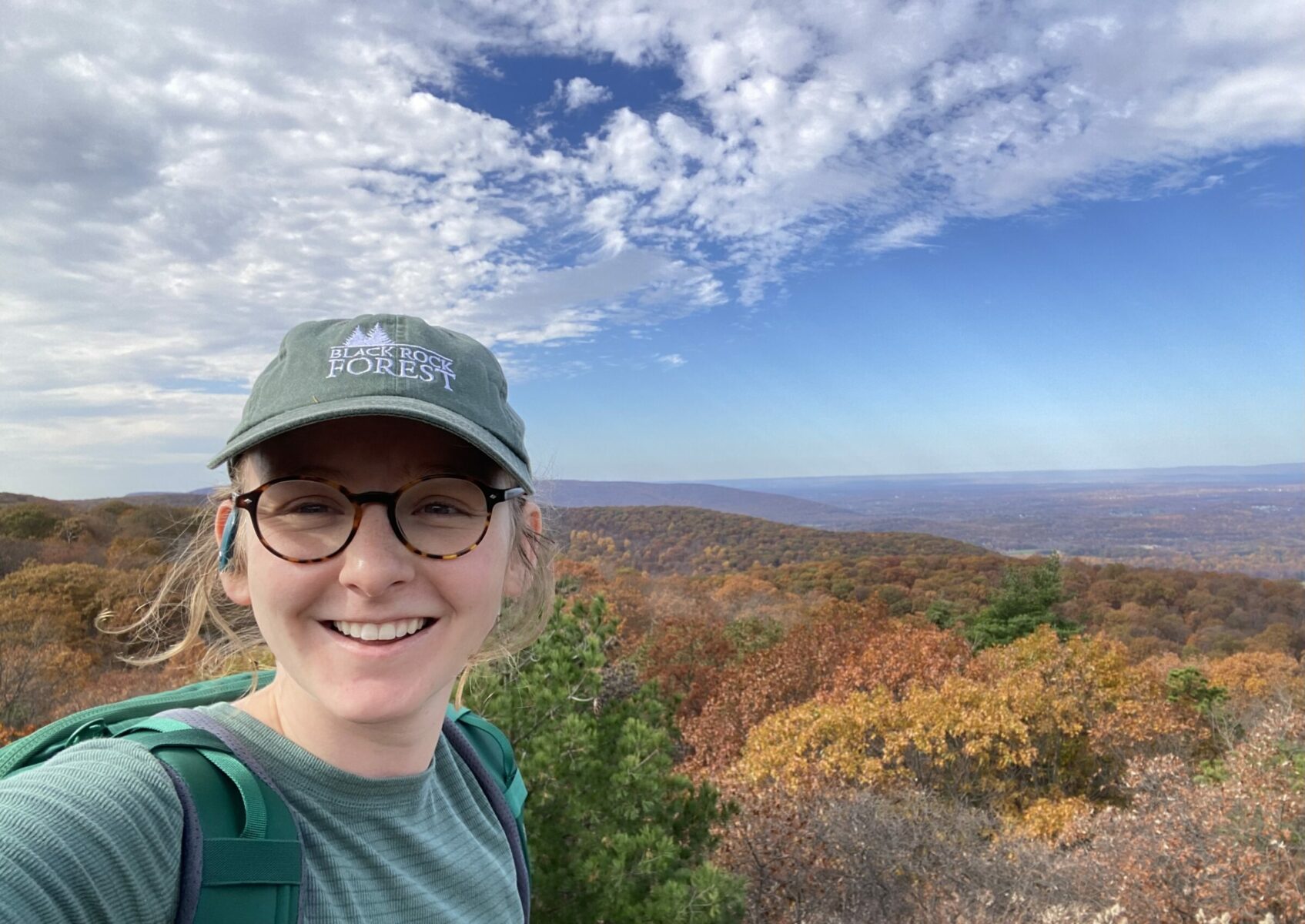
I joined Black Rock Forest this past summer as the Postdoctoral Fellow in Forest Ecology. I am studying variation in the timing of fall leaf color change and spring leaf growth within and across deciduous tree species.
Winter dormancy in deciduous trees represents a tradeoff between survival and growth. While this strategy has evolved to deal with yearly seasonal fluctuations, climate change is impacting the length of seasons — advancing spring and delaying fall. I am interested in understanding how much variation there is in fall and spring leaf timing to better understand how populations will be able to respond to change. That’s what all the tagging tape is for — I’ve tagged 550 trees across 4 species (Chestnut Oak, Red Oak, Sugar Maple, and Red Maple) to track them across the seasons. This past fall, I scored a total of 8,768 observations across those trees!
I am also characterizing the amount of genetic diversity within species to see if more closely related individuals have similar leaf timings. After controlling for variation in the tree’s environment, if I find that genetic variation is correlated with variation in leaf timing, that shows that there is a genetic basis to the trait. If there is a genetic basis, then restoration efforts may select individual trees with longer seasons to maximize carbon uptake.
Additionally, I will assess variation in photosynthetic rates associated with leaf timing. At a global scale we know that species that have a higher photosynthetic rate have a shorter leaf lifespan than species that have a lower photosynthetic rate. I am interested in determining whether that tradeoff holds true within a species and therefore can explain the variation we see in leaf timing. Deciduous forests regulate the global climate through carbon sequestration and storage, so understanding what underlies variation in traits related to carbon uptake can help us improve predictions in species responses to change.
Winter in the Woods: Mitch Baker’s Field Biology Class from Queens College

January 9 – Black Rock Forest (BRF) welcomed the first class in 2024 with a winter biology course from Queens College, City University of New York. Professor Mitchell Baker has been bringing his students to the Forest since 2013 to learn a range of topics, from macroinvertebrate sampling and water quality testing to tick drags and evening owl observations. The recent snowfall created a perfect opportunity for wildlife tracking on the first day before it rained, offering a glimpse of the wildlife activity in the Forest over the Swamp Trail. Students joined BRF educators on the trail to learn to identify tracks, understand animal movement patterns, and explore how animals use different habitats during the winter months.
On day two, students learned about dendrochronology, using the characteristic patterns of annual growth rings in tree trunks to analyze and measure age and growth in various tree “cookies”. In the afternoon, students hiked over Honey Hill and examined characteristics of lower and higher elevation habitats, looking at soil characteristics, tree height, and diameter at breast height (DBH). Needles were collected from hemlock and white pine trees from the different elevation sites, to compare stomatal density in its relationship to altitude. They also collected lowland soil by Mailley’s Mill Bridge to be used to assess insect populations the next day.
On the third and final day, students conducted bird feeder observations, then in the afternoon, they processed their soil and leaf litter samples using Berlese funnels and compared stomatal densities from wet vs. dry sites in evergreen trees with a Microeye discovery microscope. This course gives upper class Biology students an opportunity for hands-on learning, and a look into the life of real-world environmental scientists. We love hosting Professor Baker’s groups every year; they really made the most of their use of the Moretti Education Center!
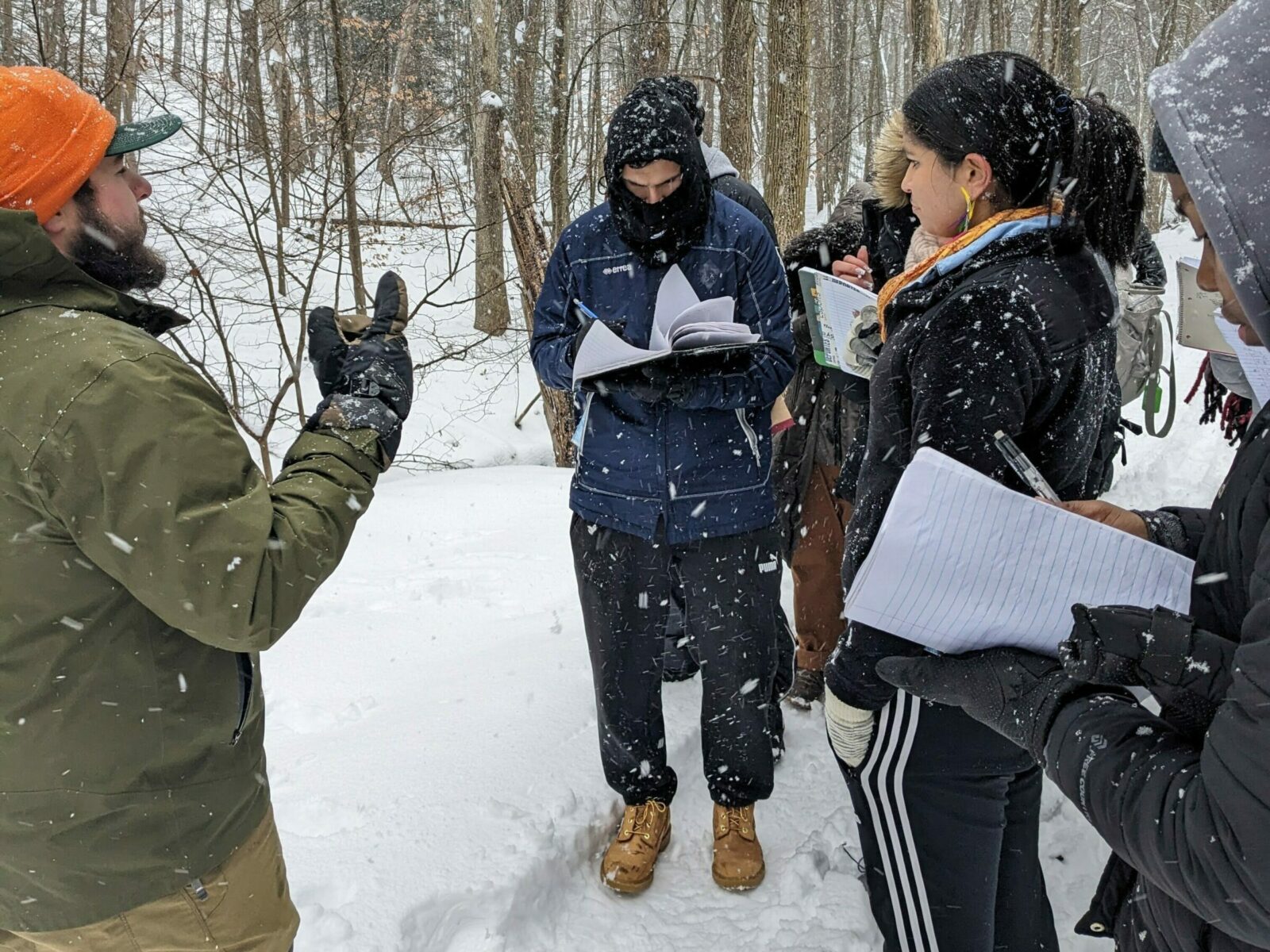

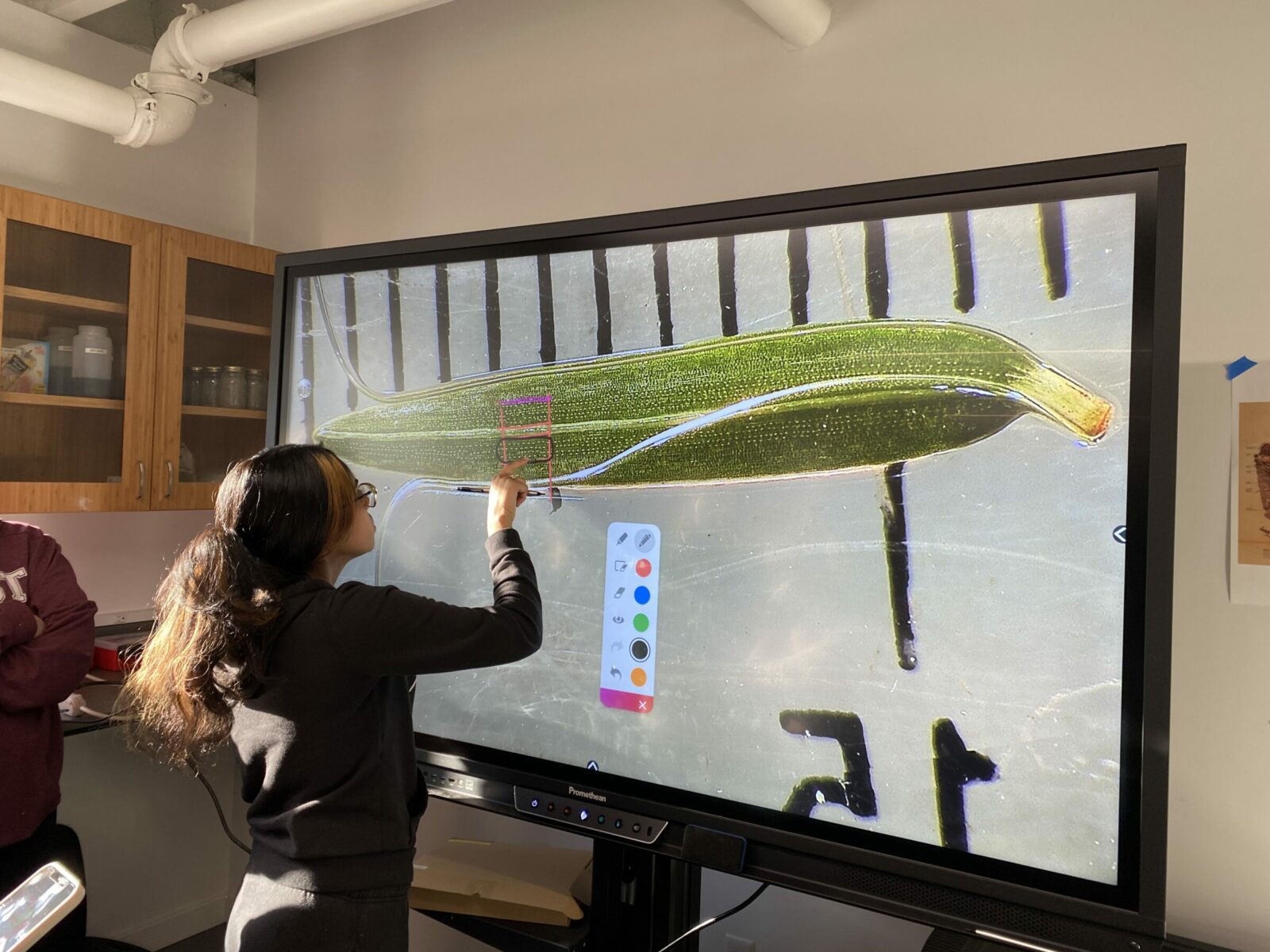
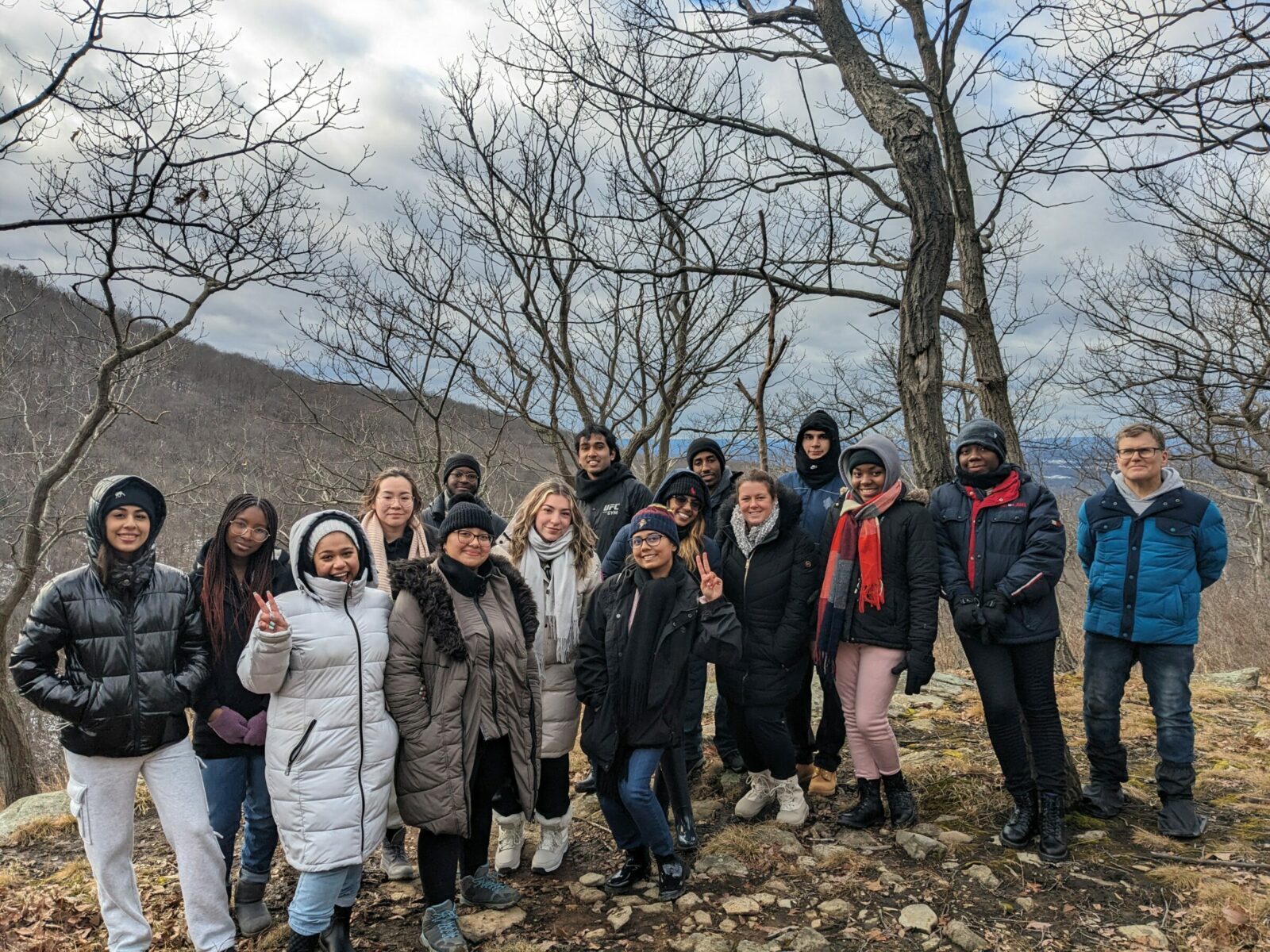
July Storm Recovery Update
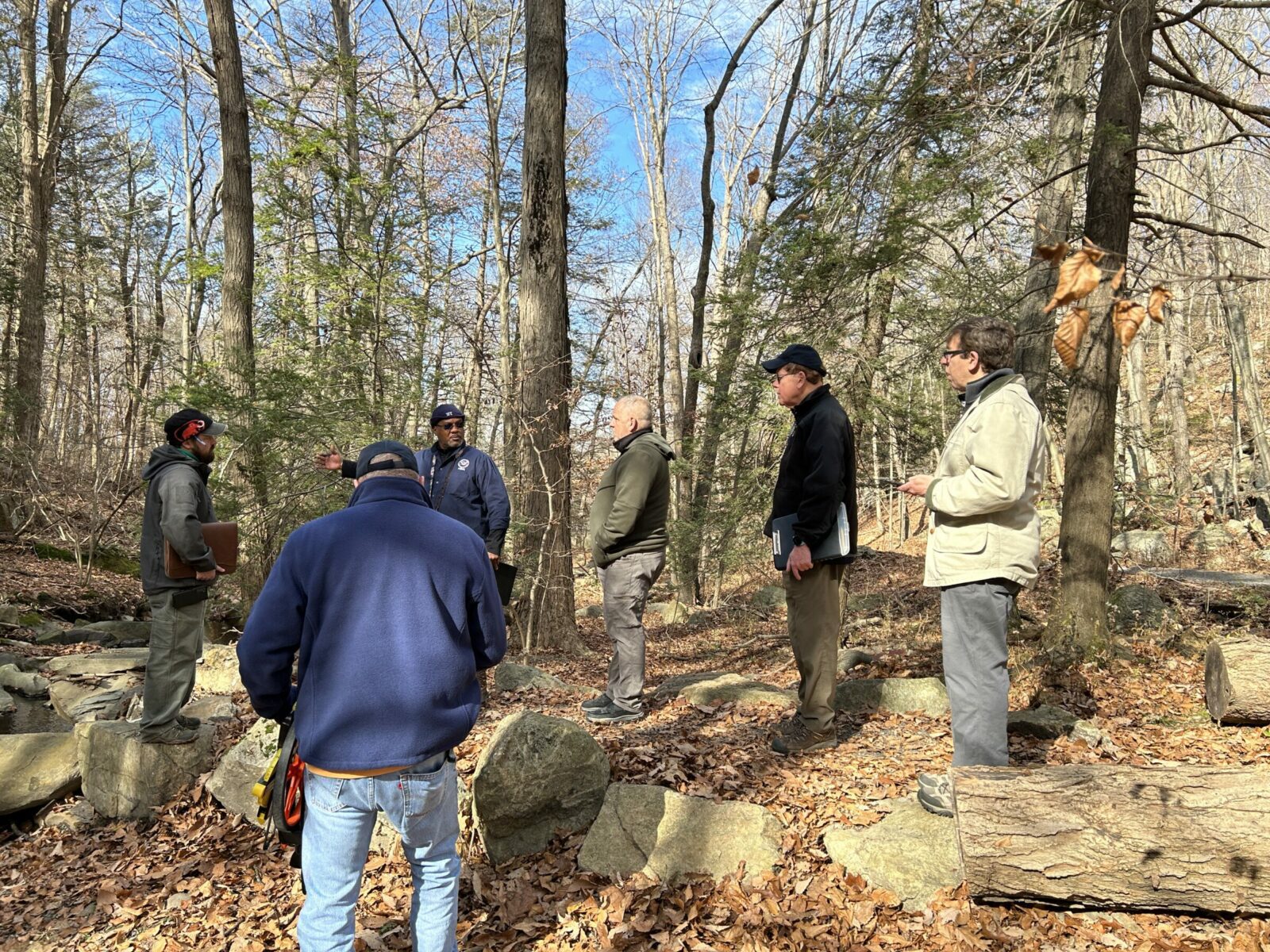
Black Rock Forest is working with the Federal Emergency Management Agency (FEMA) and the New York State Division of Homeland Security and Emergency Services on recovery operations from the July 9, 2023 storm, a federally-declared disaster. The large rainstorm caused damage to trails, roads, and buildings – perhaps the most noticeable to visitors and Consortium users are the deep ruts in Sibyl’s path and the loss of pedestrian bridges. We have spent the last six months documenting damages, applying for public assistance, removing over 160 cubic yards of construction debris from the property, and repairing roads to allow access to the buildings and forest. We appreciate everyone’s patience and understanding as we navigate through the recovery process; we are scheduled to start many of the permanent repairs in the spring and summer. We give a huge thanks to all those that donated to the recovery effort. It makes a difference!
FY2022 Annual Report
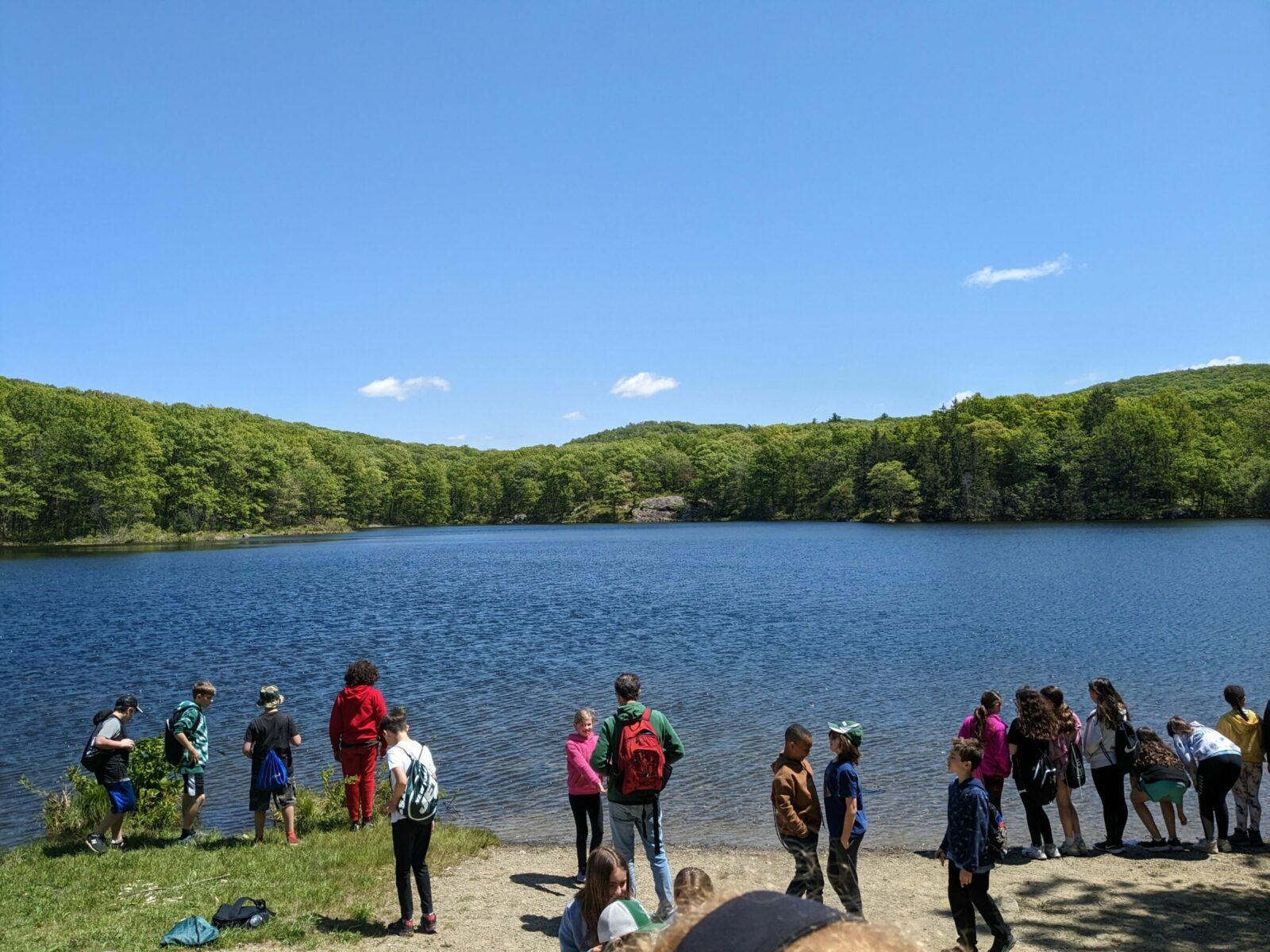
Announcing the FY2022 Annual Report. This report highlights our programs by the numbers and demonstrates the volume of students and projects that are engaged at Black Rock Forest. In research, you see the time and effort our staff puts into mentoring students – guiding graduate or undergraduate students in their research and assisting Redden Grant awardees. In education, the numbers show how many students are impacted by our staff helping educators plan visits with their classes, teaching Consortium students, and setting up equipment and locations for STEM summer camp programs. You see the impact of conservation all around when you visit the Forest and observe the diversity of native plants and animals. All the work our volunteers and forest crew do to remove invasive species supports a healthy forest.
Over 32% of our funds come from YOU! Thank you. You are truly Friends of the Forest and excellent stewards of the Forest, too! In our financials- one number that stands out is that 70% of your money is spent on programs versus administrative overhead. We work hard to ensure that your dollars go directly to the work we do.
Now Available!
Black Rock Forest Desktop Calendar Wallpaper
Black Rock Forest Desktop Calendar Wallpaper
Check out our digital wallpaper now available for download. Featuring Black Rock Forest images (taken by staff or from website submissions) with calendar months January, February, March and April on either the left or right side of the photo. Use as your desktop, laptop, tablet or cellphone background!
Calling all Black Rock Forest photographers! We are looking for high resolution photos taken throughout the year of Black Rock Forest. If you would like to have your Black Rock Forest photo considered for a future digital wallpaper featured in our seasonal newsletter CLICK HERE.
If you would like to download a copy of this Winter 2024 newsletter click here.




